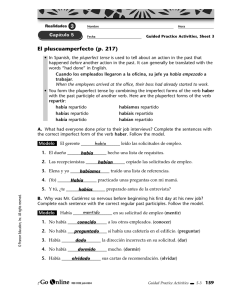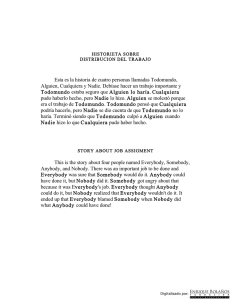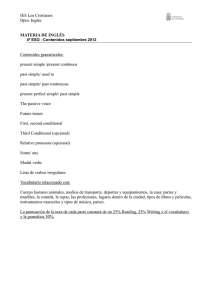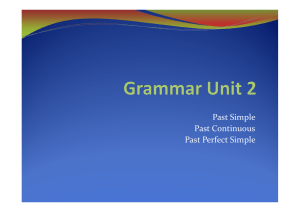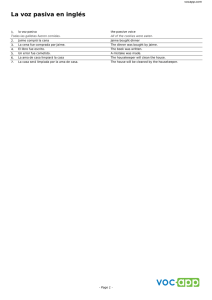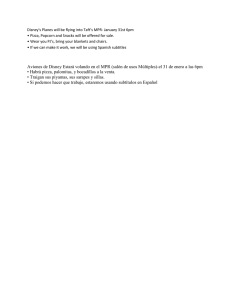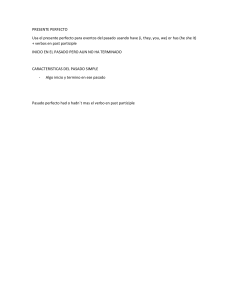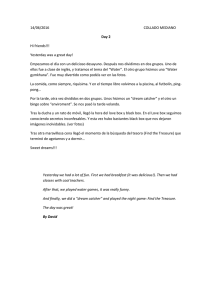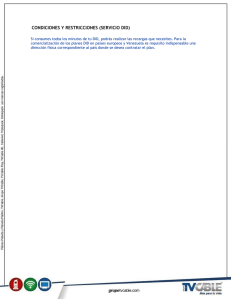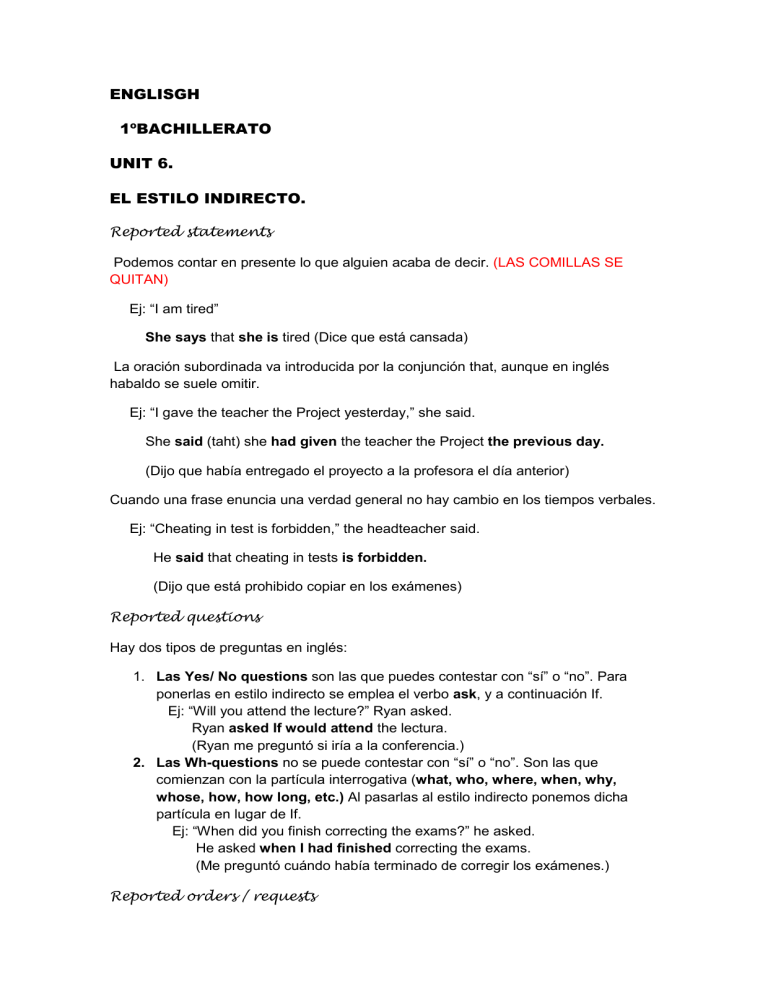
ENGLISGH 1ºBACHILLERATO UNIT 6. EL ESTILO INDIRECTO. Reported statements Podemos contar en presente lo que alguien acaba de decir. (LAS COMILLAS SE QUITAN) Ej: “I am tired” She says that she is tired (Dice que está cansada) La oración subordinada va introducida por la conjunción that, aunque en inglés habaldo se suele omitir. Ej: “I gave the teacher the Project yesterday,” she said. She said (taht) she had given the teacher the Project the previous day. (Dijo que había entregado el proyecto a la profesora el día anterior) Cuando una frase enuncia una verdad general no hay cambio en los tiempos verbales. Ej: “Cheating in test is forbidden,” the headteacher said. He said that cheating in tests is forbidden. (Dijo que está prohibido copiar en los exámenes) Reported questions Hay dos tipos de preguntas en inglés: 1. Las Yes/ No questions son las que puedes contestar con “sí” o “no”. Para ponerlas en estilo indirecto se emplea el verbo ask, y a continuación If. Ej: “Will you attend the lecture?” Ryan asked. Ryan asked If would attend the lectura. (Ryan me preguntó si iría a la conferencia.) 2. Las Wh-questions no se puede contestar con “sí” o “no”. Son las que comienzan con la partícula interrogativa (what, who, where, when, why, whose, how, how long, etc.) Al pasarlas al estilo indirecto ponemos dicha partícula en lugar de If. Ej: “When did you finish correcting the exams?” he asked. He asked when I had finished correcting the exams. (Me preguntó cuándo había terminado de corregir los exámenes.) Reported orders / requests Para pasar una orden a estilo indirecto se cambia el imperativo por un infinitivo. Pero antes se usa un verbi que exprese mandato, como tell u order, seguido de CI. Hay otros verbos que siguen esta estructura a pesar de no expresar orden: ask o beg para expresar peticiones, o warn para advertir a alguien de algo. Ej: “Switch off your phones,” the teacher said. The teacher ordered us to switch off our phones. (El profesor nos mandó apagar los teléfonos.) Cuando se trata de una oración negativa, se pone not delante de to. Ej: “Don´t go out so late, please.” My father asked me not to go out so late. (Mi padre me pidió que no saliera tan tarde.) Reported suggestions Primero se pone el sujeto y el verbo suggest o recommend en pasado y, a continuación, decimos lo que sugirió esa persona. • • Usando una oración de CD introducida por that, con sujeto y el verbo en la forma base. Ej: “Let´s have lunch together,” Janet suggested. Janet suggested that we have lunch together. (Janet sugirió que comiéramos juntas.) Usando el gerundio, sin especificar ningún sujeto. Ej: “Let`s play football after school!” He suggested playing football afther school. (Él sugirió jugar al fútbol después de clase.) Reporting verbs Los verbos más utilizados para introducir el estilo indirecto son say, tell y ask, que transmiten el mensaje sin añadir más información. Podemos usar otros muchos reporting verbs: • • • • • Afirmaciones: admit, announce, answer, apologise, boast, claim, complain, declare, explain, inform, insist, mention, offer, remind, reply, state. Preguntas: enquire, request, want to know, wonder. Órdenes: demand, order, shout, warn. Súplicas: beg. Sugerencias: advise, invite, recommend, suggest. Ej: “We have to do a lot otd homework.” They complained that they had to gone on the class trip. (Se quejaron de que tenía que hacer muchos deberes.) UNIT 5 SUJETO VERBO LA VOZ PASIVA OBJETO The passive voice of different tenses. Tense Active Passive Present Simple I do it It is done Past Simple I did it It was done Future Simple I will do it It will be done Present Continuous I am doing it It is being done Past Continuous I was doing it It was being done Future Continuous I will be doing it It will be being done Present Perfect I have done it It has been done Past Perfect I had done it It had been done Future Perfect I will have done it It will have been done Pasiva Interrogativa. Ej: Did they take him to home? Was he taken to home by them (Verbo en pp) NOTE: To be is- was (ser y estar) Us se convierte en We Continuous: Being Do/Does: Is/Are Did: Was/Were Modal Verbs: can be/ should be/ may be/ must be Future: Will be Are- were (ser y estar) Have (Tener) Do se utiliza en presente. Did se utiliza en pasado. Was/Were es pasado / Pasado de can´t…… couldn´t. Los verbos causativos: have / get + something + done. UNIT 4 CONDICIONALES A) Zero Conditional. Present. B) 1st Conditional. -Result Clause. -Present. Present - will, can , may, imperative. C) 2nd Conditional. Past - would, could, might. D) 3rd Conditional. Had + Past Participle – would Could Might Hace + past participle UNIT 3 LOS MODALES Y MODALES PERFECTOS.

